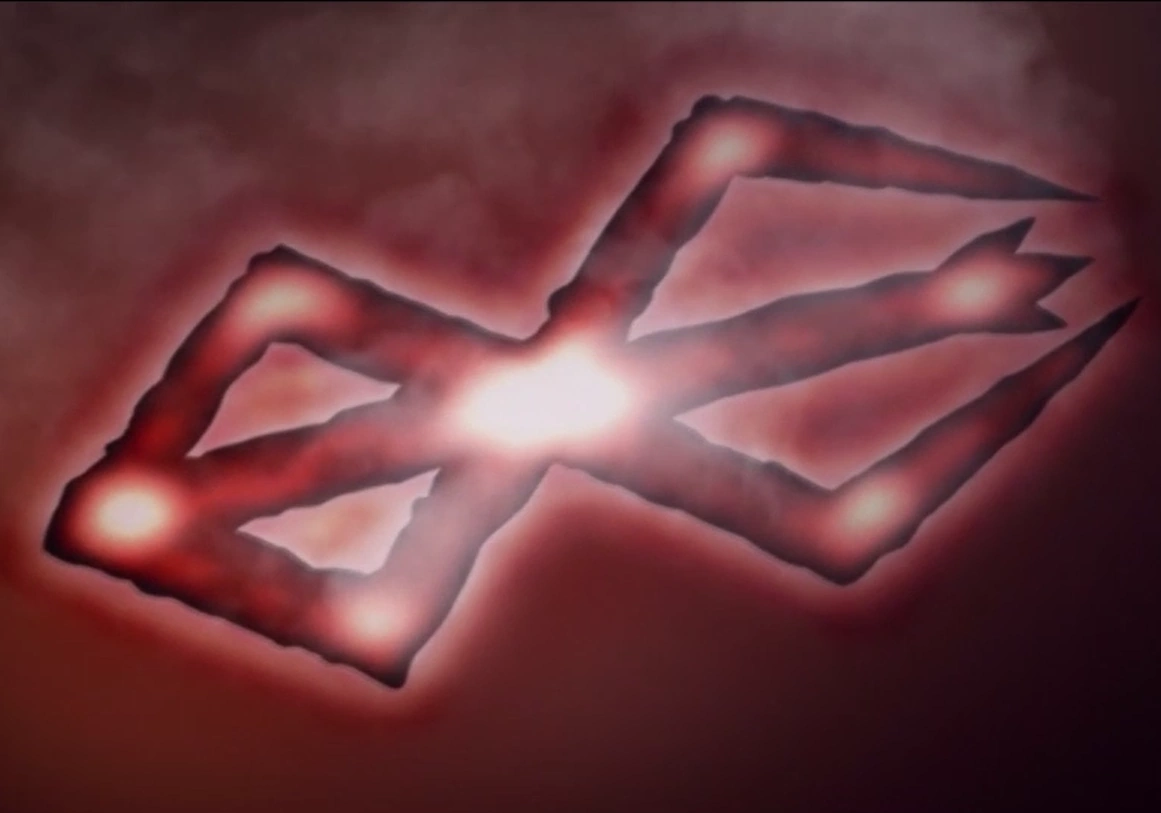t The Berserk sign is a symbol steeped in rich history and cultural significance. Often associated with rage, power, and transformation. This emblem, which has permeated various facets of art, literature, and popular culture, carries a complex array of meanings and interpretations. This article explores the origins, cultural impact, and multifaceted symbolism of the Berserk sign, shedding light on why it continues to captivate the human imagination.
Origins of the Berserk Sign
The term “berserk” originates from the Old Norse word “berserkr,” which refers to Norse warriors known for their ferocious combat style and trance-like fury in battle. The berserkers’ fierce reputation was immortalized in Norse sagas and mythology, where they were often depicted as wearing bear or wolf skins, hence the name “berserkr” (bear-shirt).
The Berserk sign itself has roots in these ancient traditions, symbolizing the unleashing of primal rage and the channeling of immense power. In historical contexts, the sign represented the transformation that berserkers underwent, transcending their human limitations and becoming embodiments of raw, untamed force.
Symbolism in Ancient Cultures
In ancient Norse culture, the Berserk sign was more than just a symbol of rage; it was a representation of the spiritual transformation that warriors experienced. This transformation was often linked to shamanistic practices, where the berserkers were thought to be possessed by animal spirits, granting them extraordinary strength and resilience. The sign thus came to symbolize a connection to the divine and the supernatural, a bridge between the mortal world and the realm of the gods.
The idea of a berserk state is not unique to Norse culture. Similar concepts can be found in various other traditions, such as the Maenads in Greek mythology, who were female followers of Dionysus known for their frenzied, ecstatic states. In these instances, the Berserk sign or its equivalent symbolizes a break from ordinary reality, a dive into the primal essence that resides within.
The Berserk Sign in Modern Interpretations
In contemporary times, the Berserk sign has found its way into popular culture, often appearing in literature, film, and video games. One of the most prominent examples is the manga and anime series “Berserk” by Kentaro Miura. In this series, the Berserks sign is a crucial element, representing a curse and a mark of sacrifice. The symbolism in Miura’s “Berserk” resonates with the original connotations of the sign. The struggle with inner demons, the unleashing of uncontrollable power, and the consequential transformation. The series brings the ancient symbol into a modern narrative, exploring its depths and implications in a fictional setting.
Cultural Impact and Interpretations
The enduring fascination with the Berserk sign lies in its profound symbolism. At its core, the sign embodies the duality of human nature: the capacity for both creation and destruction. The potential for transcendence through embracing one’s primal instincts. This duality is a recurring theme in many cultures and philosophies. Making the Berserks sign a powerful metaphor for the human condition.
In psychological terms, the Berserk sign can be seen as a symbol of the Jungian shadow—the darker, unconscious part of the psyche that harbors repressed desires and instincts. By confronting and integrating this shadow, individuals can achieve greater self-awareness and wholeness. The berserk state, therefore, represents not just chaos, but also the possibility of personal growth and transformation.
The Berserk Sign in Art and Media
Artists and creators across different media have utilized the Berserk sign to convey themes of power. Transformation, and the human struggle against inner turmoil. In visual arts, the symbol often appears in depictions of warriors or mythical beings, emphasizing their ferocity and otherworldly strength. It In literature, the Berserks sign can serve as a narrative device to explore characters. Psychological depths and their battles with inner demons.
In video games, the Berserk sign frequently appears as a gameplay mechanic. Allowing characters to enter a berserk state that enhances their abilities. This usage not only provides an engaging experience for players. But also reinforces the symbolic association with heightened power and altered states of consciousness.
Conclusion
The Berserk sign is a multifaceted symbol with deep historical roots and a wide range of interpretations. From its origins in Norse mythology to its modern portrayals in popular culture. The sign has consistently represented themes of rage, power, and transformation. Its enduring appeal lies in its ability to encapsulate the complexity of human nature. Serving as a reminder of our primal instincts and the potential for profound change.
As we continue to explore and reinterpret the Berserk sign, its symbolism remains relevant. Offering insights into the human psyche and our enduring fascination with the extremes of emotion and power. Whether viewed as a mark of supernatural prowess or a metaphor for inner conflict. The Berserk sign challenges us to confront the depths of our own nature and the possibilities that lie within.





